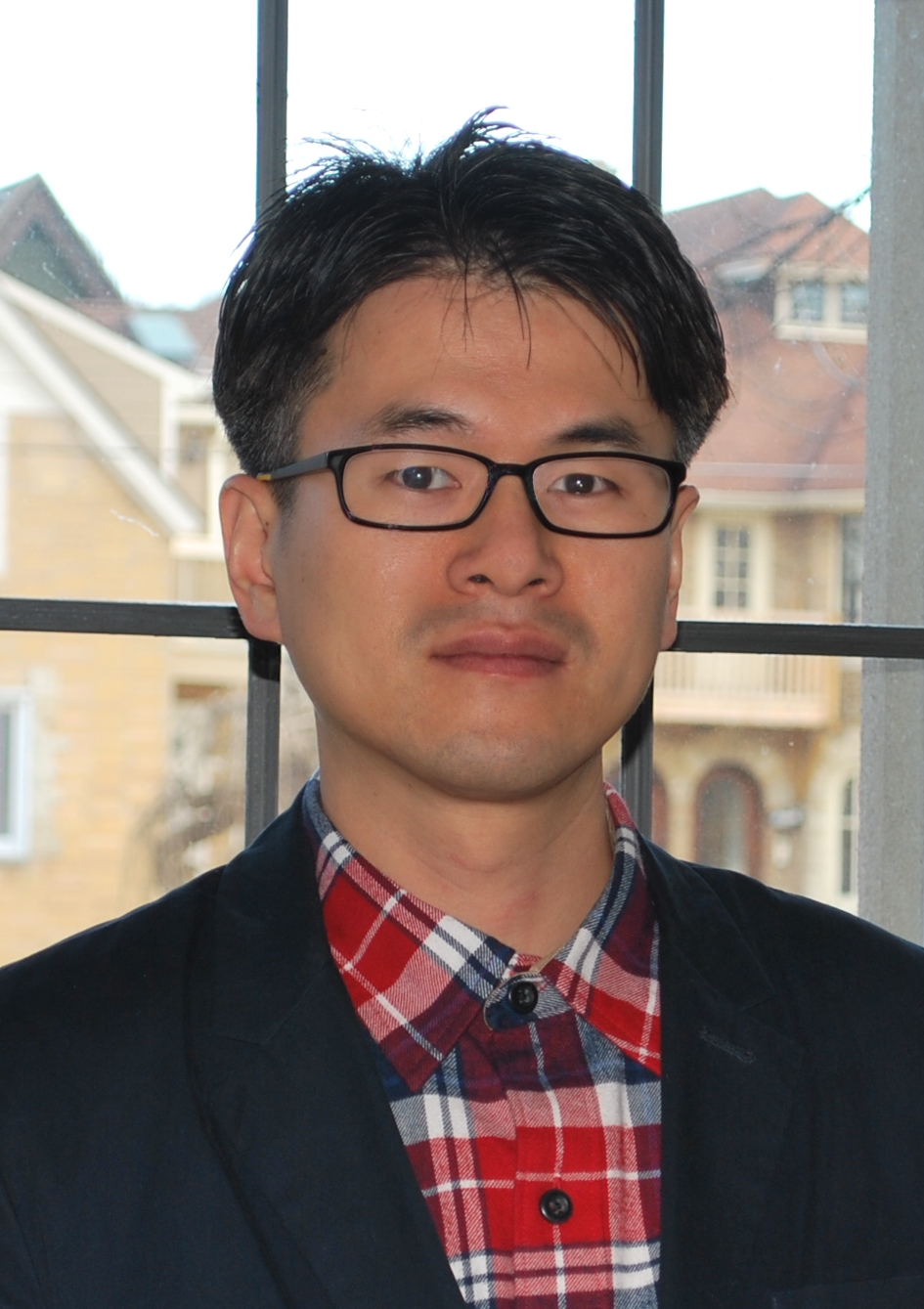Obsessive Compulsive and Related Disorders
(PS2-87) Predicting Severity of Skin Picking Behaviors in a College Student Sample
- MK
Minjee Kook, B.A.
Graduate Student
University of Wisconsin-Milwaukee
Milwaukee, Wisconsin, United States - IS
Ivar Snorrason, Ph.D.
Clinical Psychologist
Massachusetts General Hospital/Harvard Medical School
Boston, Massachusetts, United States - DH
David C. Houghton, Ph.D.
Assistant Professor
University of Texas Medical Branch
Galveston, Texas, United States .jpg)
Douglas W. Woods, Ph.D. (he/him/his)
Vice Provost and Dean of the Graduate School
Marquette University
Milwaukee, Wisconsin, United States
Han-Joo Lee, Ph.D.
Professor
University of Wisconsin-Milwaukee / Rogers Memorial Behavioral Health
Milwaukee, Wisconsin, United States
Author(s)
Co-Author(s)
Although skin picking disorder (SPD) is becoming more widely recognized, it is still understudied. This is alarming, because pathological skin picking (SP) can lead to distress, physical damage/infections, psychosocial impairment, and experiences of negative emotions like shame. Previous research has demonstrated that there might be two distinct processes that underly SP: Liking (i.e., experiencing pleasurable feelings from SP) and Wanting (i.e., motivation to engage in SP as a way to obtain the reward). Examining the underlying mechanisms of SP is crucial to improve our understanding of SP as well as inform early identification and treatment development. The goal of this study was to examine the clinical features, Liking, and Wanting processes as predictors of SP severity in a college sample. A total of 1641 college students (M [SD] = 19.31 [2.55]), who completed online self-report questionnaires about severity of SP (distress, damage, impairment), demographics, Depression, Anxiety, and Stress scale (DASS-21), the 11-item BFRB questionnaire, and Skin Picking Reward Scale (SPRS). Around 24% (n = 398) of students reported current and/or past excessive SP. Within this sample, a hierarchical linear regression analysis was conducted to examine the predictors of SP severity. After controlling for age, gender, and DASS total scores, a number of clinical features of BFRB predicted the SP severity score (F (14, 374) = 7.282, p < .001) and explained 21.4% of its variance (ΔF (11, 374) = 5.308, p <em>< .001). Within this step, SP reduced boredom (β = -.108, p = .048), SP performed in a trance (β = .165, p = .005), and SP performed to obtain a “just right” feeling (β = .184, p = .002) emerged as significant predictors. SP performed to fix appearance almost reached statistical significance (β = .099, p = .051). As a third step, two SPRS subscales were entered (F (16, 372) = 7.946, p < .001) and explained an additional 4% of the variance (ΔF (2, 372) = 10.115, p <em>< .001). Within this step, Wanting (β = .184, p = .003) but not Liking predicted SP severity. All significant predictors from Step 2 still remained significant in Step 3. The results demonstrated that the Wanting scale uniquely predicts the severity of SP, above and beyond the clinical features of SP. This is consistent with previous literature, which has shown that Wanting, but not Liking is associated with between SP urges, cue-reactivity, and SP-related routines. Overall, the findings highlight the importance of further research in the underlying etiological mechanism of SP, which could ultimately inform early identification of symptoms and treatment development.

.png)
